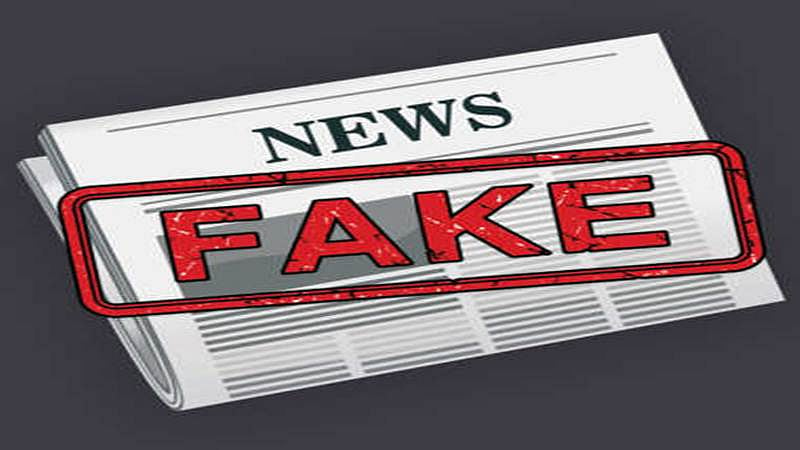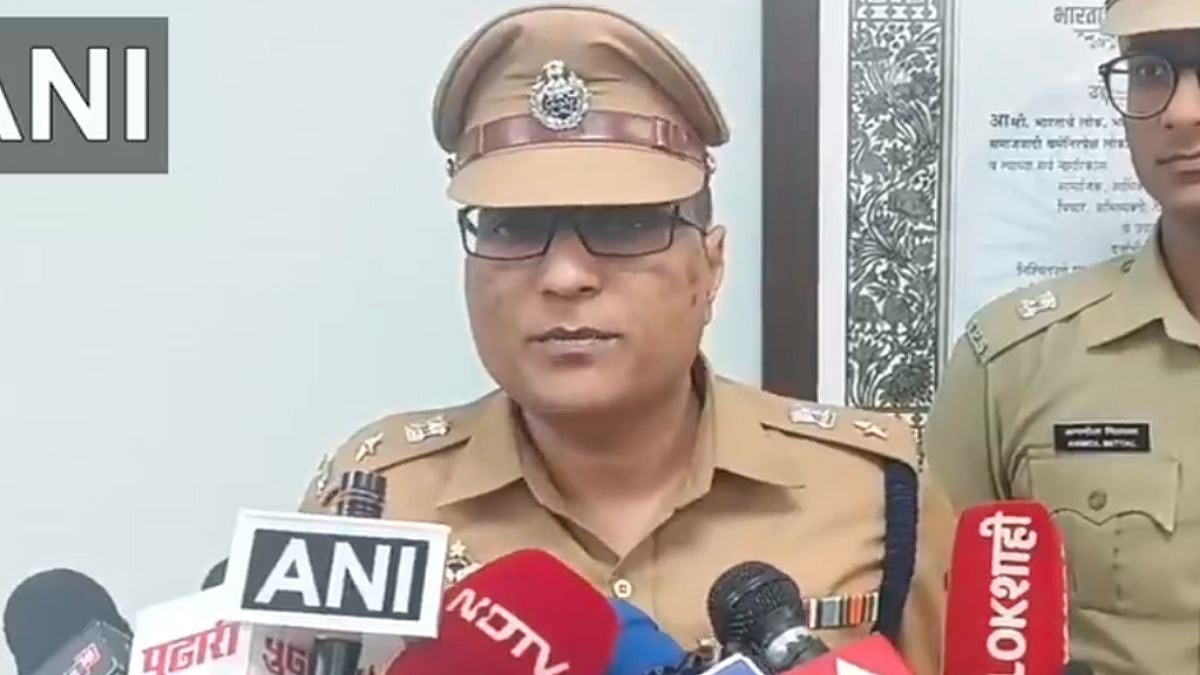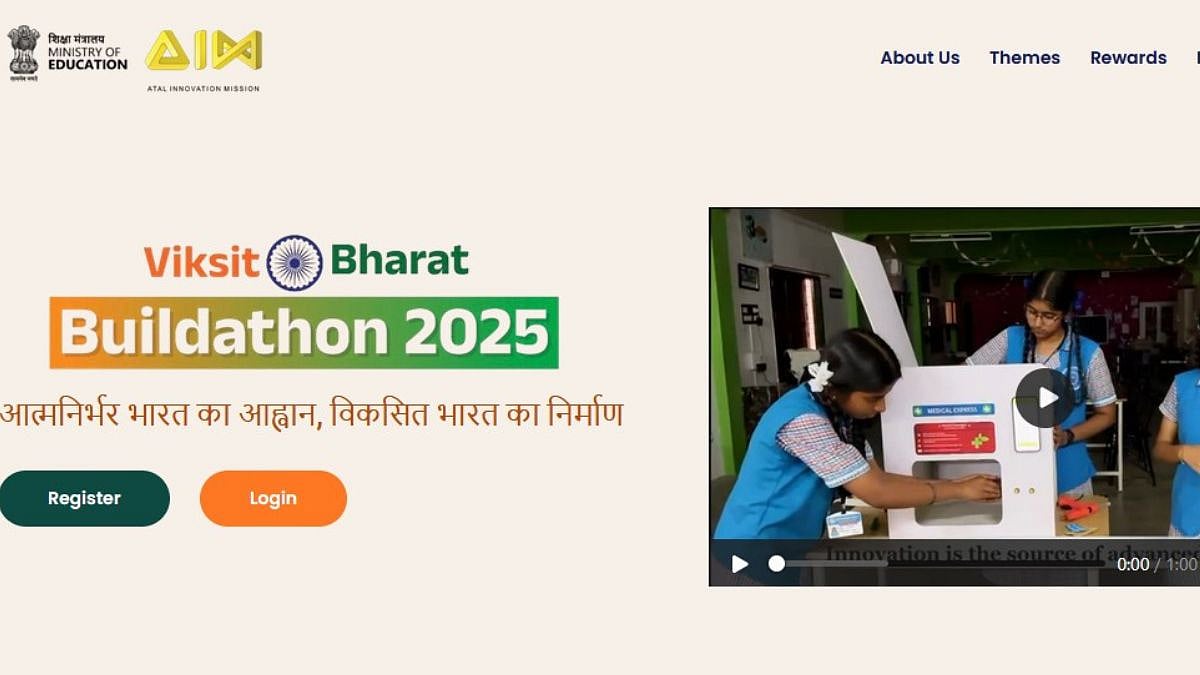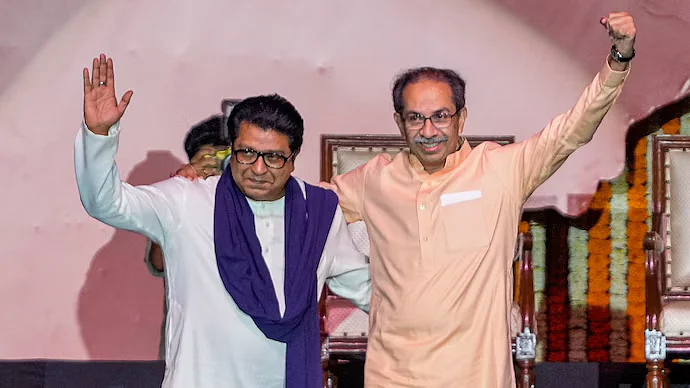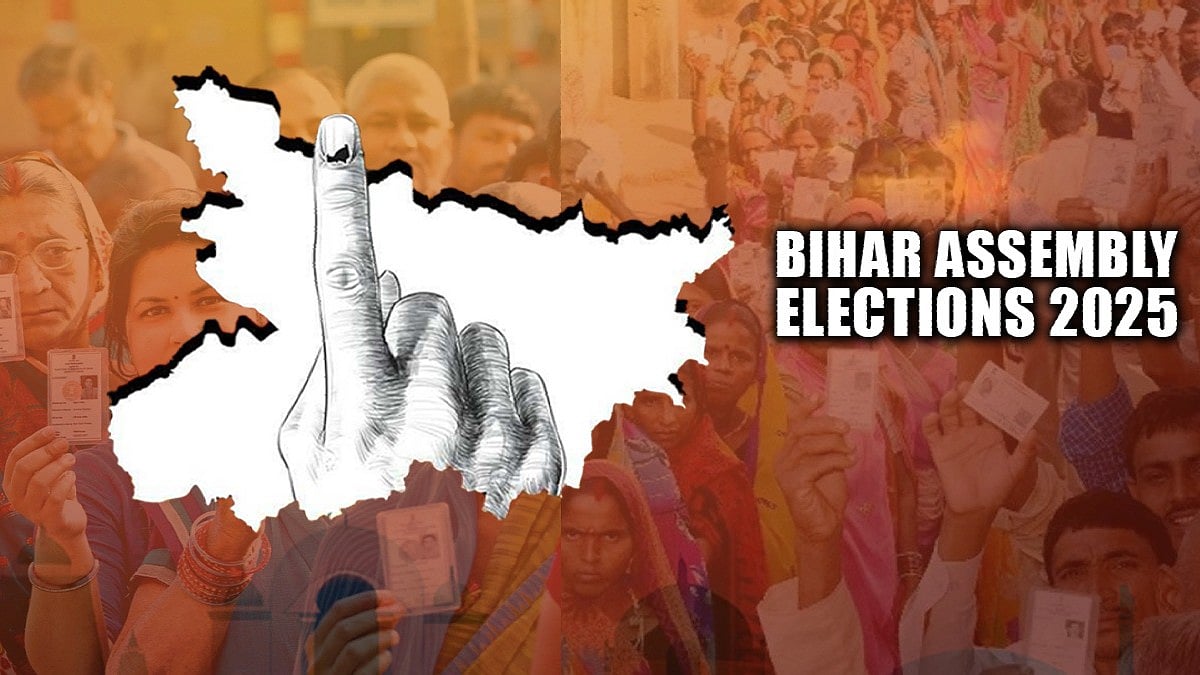PART of the reason why people believe in unverified things is confirmation bias. If a bit of ‘news’ feeds into their entrenched prejudices, it is taken at face value and even circulated. Those who have been brainwashed for years will continue to hold on to their cherished beliefs, even if contrary facts are placed before them.
Journalism, it has been said, is nothing but unearthing the facts to find out the truth. Journalists report what they see, hear and unearth. Good journalists double check before they print. Those who write opinions base them on facts, not unfounded conjecture.
In simpler times, when we had only print, a story in a newspaper was taken to be factual and truthful. As a young journalist, I was frequently told to make sure I did not get anything wrong, because it could affect not just the reputation of our publication but also affect lives.
Television news, when it began, followed that model. It was the visual representation of printed news, perhaps a little staid but striving for accuracy and fairness, balance and objectivity. The reporter or the anchor never got their opinions into the story.
But things changed. Television became raucous, opinionated and even ideological. Guests began shouting, anchors started shouting over them. Reporting became a rarity, now it was all in-studio discussions, where it became a competition about who had the loudest voice and the most extreme opinions. Crassness was encouraged, since it brought in viewers.
The internet has further changed the game. At least on television one can see who is saying something and then assess the credibility of the information on that basis. On the Internet, anonymity is guaranteed and behind that anonymity, are professional tellers of lies who are masters at spreading disinformation and plain lies. Truth is unwanted and undesirable. This is the age of fake news.
Anyone who is on social media will see fake news popping up on their feed. This can be sometimes scurrilous (wild allegations against political opponents), misleading (making untruthful claims about the benefits of something or the other) or plain, simple lies. I recall reading one about the Nehru Gandhi family that has been doing the rounds for some years now—there are so many obvious mistakes in them (apart from poor grammar and shoddy language) that anyone can see through it. Yet, it not only finds takers who are convinced it is true, it sometimes fools even those who are a bit more careful about what they read.
Part of the reason why people believe in unverified things is confirmation bias. If a bit of ‘news’ feeds into their entrenched prejudices, it is taken at face value and even circulated. Those who have been brainwashed for years will continue to hold on to their cherished beliefs, even if contrary facts are placed before them.
By coincidence, while writing this, I read the story about how three ministers, including the one in charge of education, in Rajasthan want students to learn that Rana Pratap won the battle of Haldighati. Respectable historians have shown that this is not true. But now, future generations will learn the opposite. One can argue that history can be debated, and this is true, but there is a difference between well researched history and myth. The same principle that applies to fake news is at work here — a conviction that evidence to the contrary of one’s belief is simply untrue. In addition, there is credulity-a story that seeks to show, for example, that a particular food is good for health, is likely to be believed because people want such good news.
But often people are fooled by the way good fake news sites present their stories. When the new 2000 rupee note was introduced, a story spread that it had a special chip embedded in it that was so powerful that it would send out messages to a satellite even if stacks of notes were buried in the ground. No less than finance minister Arun Jaitley denied it, but the story was believed by hardcore supporters of the government who wanted to show off the administration’s technological prowess. Then a news channel reporter went on air and explained how it would all work. The baseless rumour became a fact—I am positive there are still people who are convinced it is true.
Fake news sites are said to have been used in the Trump campaign and are said to have benefited his ascension to the presidency. Facebook is perturbed enough to work on finding a way of preventing them from appearing on the social media site. In the US there are companies that run several fake news websites and even get ads on them. It is not a menace that is going to disappear any time soon.
How to then cope with it, or deal with the sheer volume of fake news that comes on one’s social media or WhatsApp? Easy. Check the site and if it looks shady or has little or no information about the team behind it, it’s likely to be fake. Then one can also find out if others are also carrying the same ‘news’. If you cannot find it anywhere else, chances are it has been manufactured. And basically, don’t believe everything that reaches you, even if it conforms to your own convictions. Keep an open mind. Know that there are paid professionals out there trying to fool you. And above all, develop a bit of healthy skepticism about every little thing you hear or read. It will always serve you well.
The author is a Founding Editor of The Wire.
He is a journalist and writer based in Mumbai
